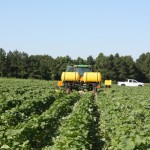![]() Weed management is dominating calls to UT Extension specialists this week. Larry Steckel answers those frequently asked questions in this episode. Scott Stewart joins him to discuss insect management issues to look out for as we enter July. Listen.
Weed management is dominating calls to UT Extension specialists this week. Larry Steckel answers those frequently asked questions in this episode. Scott Stewart joins him to discuss insect management issues to look out for as we enter July. Listen.
Recent Updates
Reminder – UT Soybean Scout School via Zoom (July 8th, 9:00 AM – 11:30 AM)
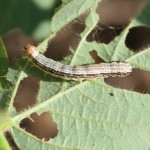 Because of restrictions due to the COVID-19 situation, the UT Soybean Scout School will be offered by Zoom from 9:00-11:30 AM on Wednesday, July 8th. The Zoom link is provided below. However, a password is required. Please contact Ms. LaDonn Kelso (dkelso2@utk.edu) or myself (sdstewart@utk.edu) to obtain the meeting password.
Because of restrictions due to the COVID-19 situation, the UT Soybean Scout School will be offered by Zoom from 9:00-11:30 AM on Wednesday, July 8th. The Zoom link is provided below. However, a password is required. Please contact Ms. LaDonn Kelso (dkelso2@utk.edu) or myself (sdstewart@utk.edu) to obtain the meeting password.
The Soybean Scout School provides training for understanding soybean growth and development and the identification, scouting and basic management of pests including insects, weeds, and disease. Pesticide re-certification points and Continue reading
Concerns About Poor Palmer Amaranth Control with Dicamba
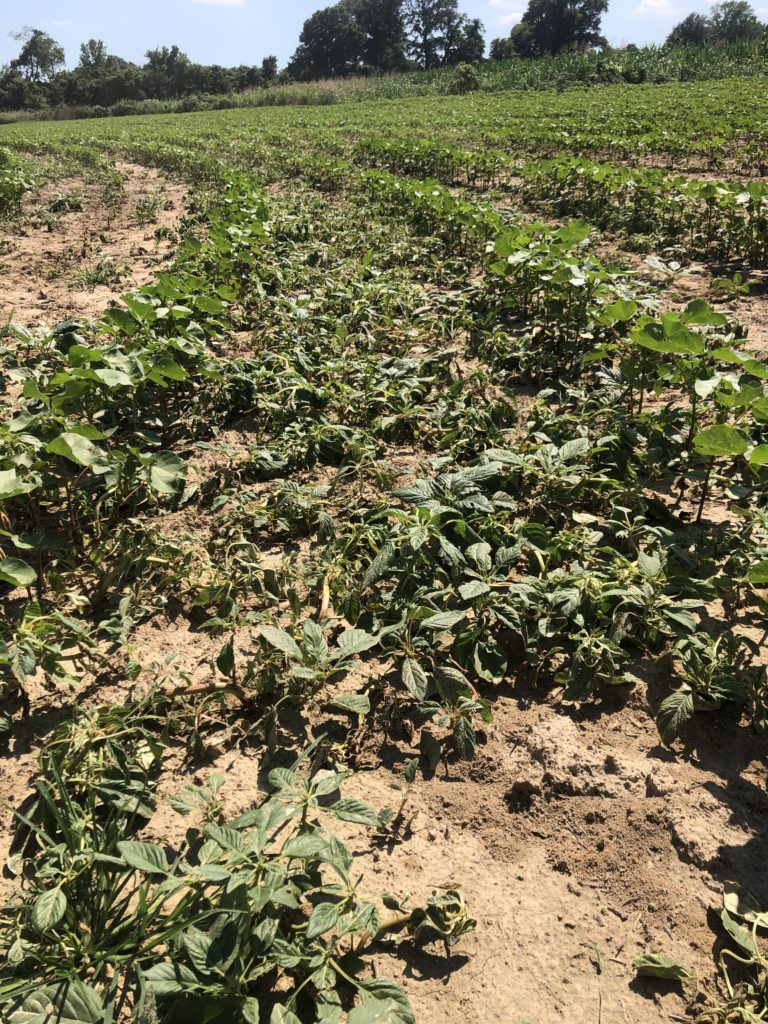
Calls continue to come in on concerns about poor Palmer amaranth control after a dicamba application. More than a few have reported that Palmer amaranth has survived multiple dicamba + glyphosate applications (Example above). Continue reading
Junglerice Control after Initial Glyphosate + Dicamba Application
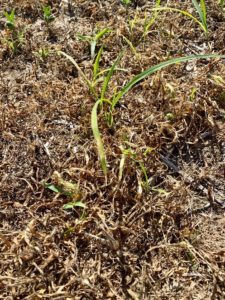
Questions continue to be asked on how to best manage junglerice, barnyardgrass and goosegrass in cotton and soybean. Research earlier this spring looking at grass control after an initial glyphosate + dicamba application showed that if a follow-up glyphosate application was applied 7 days later better than 90% junglerice control could be achieve (data below). Continue reading
A Brief Insect Update (June 25, 2020)
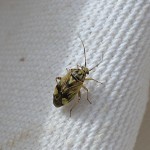
It’s been a generally quite week for insect problem but below are some reminders and suggestions.
Cotton: Most cotton is past the stage where thrips are a concern. Tarnished plant bugs will now be our primary focus for much of the season. Thus far, most reports indicate a slow and sporadic start with plant bugs, but treatments are now being made more widely. However tempting, I encourage people to avoid using Continue reading
New Weed Tour Video
We’ve added a cotton weed control video to the 2020 Weed Tour playlist. Check it out.

Post-Direct and Hooded Mixtures
Early Season Management of Plant Bugs in Cotton
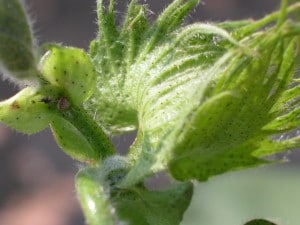
Below are a few reminders as much of the crop will begin squaring in the next week. It’s too soon to know what kind of plant bug year we will have, but there are a couple of truism that generally hold. When we have a wet spring, and particularly a cool spring, infestations in cotton often start a little later than normal. The weedy hosts of tarnished plant bug will stay attractive longer, holding the bugs longer before they migrate into cotton. However, we often since higher than normal populations during mid and late season under the same circumstance. Second, Continue reading


